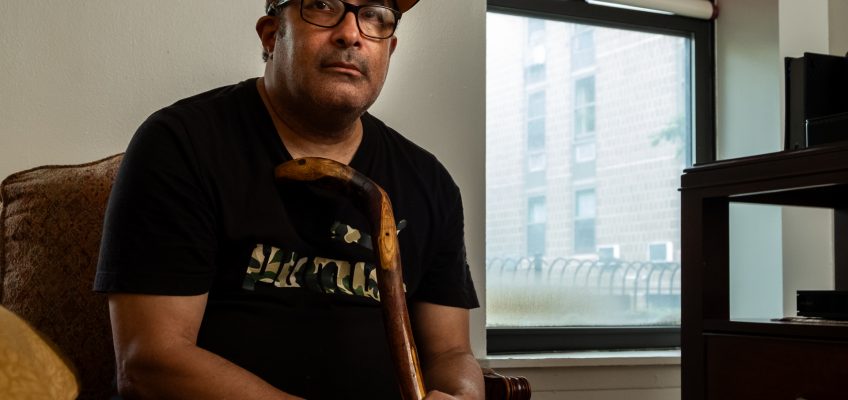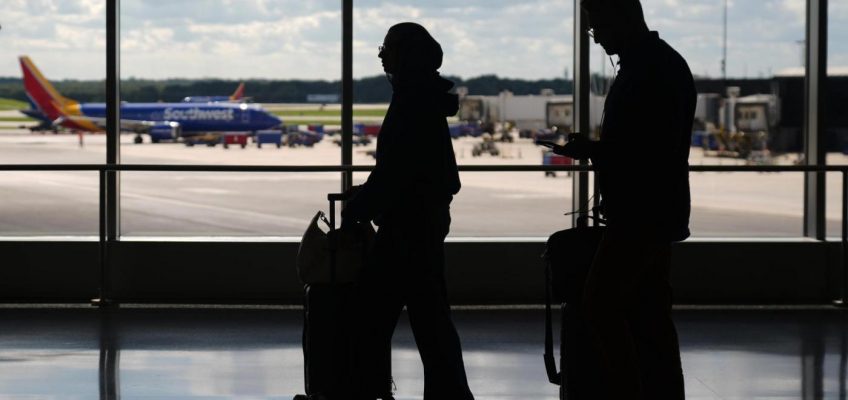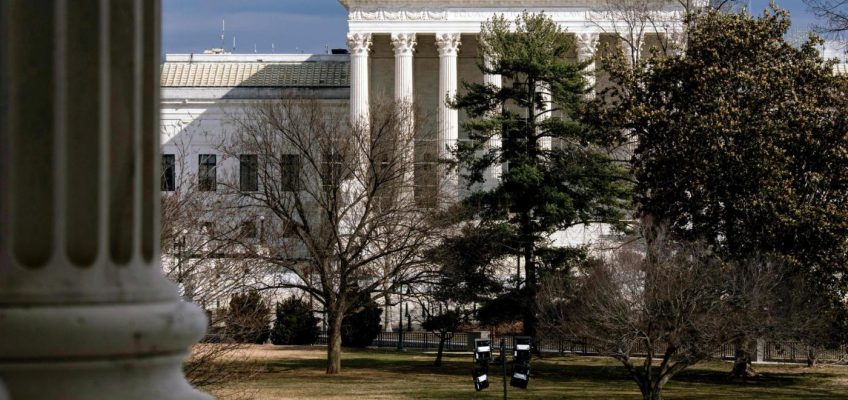By STAN CHOE, Associated Press Business Writer
NEW YORK (AP) — Stocks are climbing on Wednesday following strong profit reports from some of the world’s biggest names in banking and technology.
The S&P 500 rose 0.7%, coming off a roller-coaster day where it careened between a sharp loss and modest gain. The Dow Jones Industrial Average was up 226 points, or 0.5%, as of 9:35 a.m. Eastern time, and the Nasdaq composite was 0.9% higher.
Tech stocks helped lead the way thanks in part to a profit report from ASML, which is a major supplier to the semiconductor industry. The Dutch company said it expects its revenue for 2025 to be 15% above last year’s, while next year’s should be at least as high as this year’s.
Related Articles
Meta removes ICE-tracking Facebook page in Chicago at the request of the Justice Department
Minnesota Commerce Department kicks unlicensed insurance seller out of state
Beyond Meat shares drop below $1 on investor concerns
Silver hits all-time high as London squeeze sparks market havoc
Lakeville to welcome largest IMAX screen in Minnesota
CEO Christophe Fouquet said, “We have seen continued positive momentum around investments in AI, and have also seen this extending to more customers.” That’s key when worries have been high that a bubble may be forming in artificial-intelligence technology, with too much investment flowing in akin to the 2000 dot-com frenzy.
Outside of ASML’s 5% rise in Amsterdam, Nvidia added 1.3% on Wall Street. Because Nvidia is the most valuable U.S. stock, it was the strongest single force lifting the S&P 500.
Also helping the market were several big banks. Bank of America climbed 4.6% after delivering a profit for the latest quarter that was stronger than analysts expected. CEO Brian Moynihan said every line of the bank’s business reported growth.
Morgan Stanley climbed 6.6% after likewise reporting a stronger profit than analysts expected.
They helped offset a 4.3% loss for PNC Financial, which reported a stronger-than-expected profit but also gave a forecast for upcoming earnings that some analysts said was below expectations.
Abbott Laboratories sank 2.9% after its revenue for the latest quarter finished just shy of analysts’ expectations.
Companies are under pressure to deliver strong reports after their stock prices broadly surged 35% from a low in April. To justify those gains, which critics say made their stock prices too expensive, companies will need to show they’re making much more in profit and will continue to do so.
Corporate profit reports are also under more scrutiny than usual as investors scour them for clues about the health of the U.S. economy. That’s because the U.S. government’s latest shutdown is delaying important updates on the economy, such as the report on inflation that was supposed to arrive Wednesday.
The lack of such reports is making the job more difficult for the Federal Reserve, which is trying to figure out whether high inflation or a slowing job market is the bigger problem for the economy currently.
It cut its main interest rate last month for the first time this year and indicated more may be on the way in hopes of giving the job market a boost. But too low interest rates can push inflation higher, and it’s been stubbornly stuck above the Fed’s 2% target.
Comments from the Fed’s chair, Jerome Powell, on Tuesday may have hinted that more cuts to rates may be coming. In the bond market, the yield on the 10-year Treasury edged down to 4.01% from 4.03% late Tuesday.
Also weighing on the market recently have been worries about escalating tensions between the United States and China. President Donald Trump has gone back and forth in his criticism of China, particularly about restrictions it’s placed on exports of rare earths, which are materials that are critical for the manufacturing of everything from consumer electronics to jet engines.
One big winner in financial markets because of all the uncertainty around the world has been gold, and it rose another 1.1% to top $4,200 per ounce. It’s up nearly 60% for the year so far as investors look to buy something that may offer some protection from trade wars, real military wars and the prospect of higher inflation coming because of mountains of debt being amassed by governments worldwide.
In stock markets abroad, indexes were mixed in Europe after a stronger finish in Asia.
South Korea’s Kospi jumped 2.7%, and France’s CAC 40 rose 2.1% for two of the world’s bigger moves.
AP Business Writers Matt Ott and Elaine Kurtenbach contributed.




